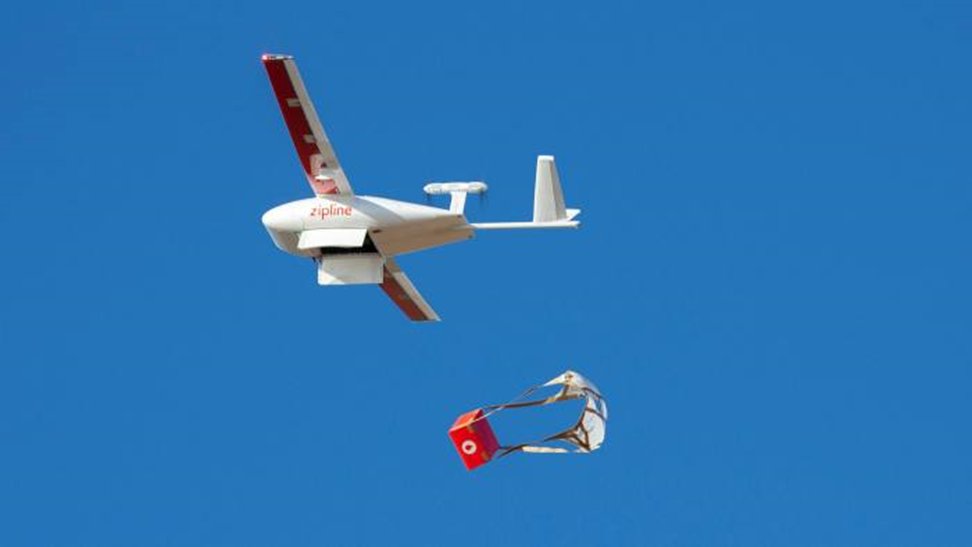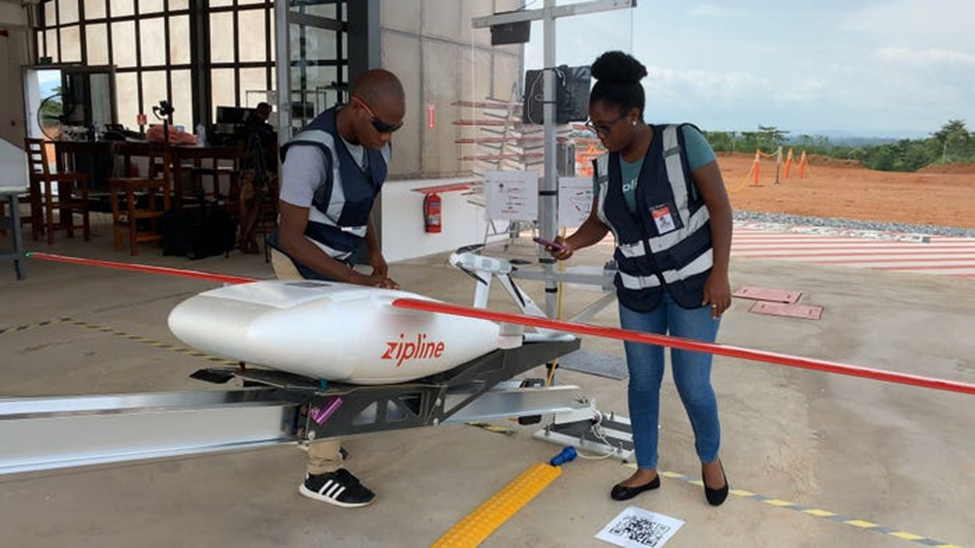
Charles R. Goulding and Preeti Sulibhavi take a look at how 3D printing can help drones continue to soar.
The drone market has been searching and hoping for the first large-volume business model. Lo and behold, the first proven case comes from Zipline in Africa.
As the demand and need for medical attention grows worldwide, governments are embracing advanced technologies to get treatment for the sick and vulnerable. This includes expanding healthcare logistics to include drone technology.
A report from Fortune Business Insights projected that the global commercial drone market size, which was valued at $1.6 billion, is projected to reach $8.53 billion by 2027 (a CAGR of 25.07% during the forecast period). What does this mean?
For each industry, it means different things. For 3D printing, specifically, this presents an opportunity to reach more people and be helpful in more ways. For healthcare, it means providing critical care to those without access but with great need, globally. For drone companies, it means a chance to expand. And that is exactly what the company Zipline is doing. In fact, the pandemic has doubled the U.S. drone operator’s valuation to $2.75 billion. Zipline, which operates in Africa, is now expanding to the U.S. and Japan. For the U.S. it requires FAA approval.
3D Printing and Drones – Soaring to New Heights
As we have reported earlier on drones, several drone components can be 3D printed.
Drones require special parts. Drones can perch like birds. The challenge is being able to develop landing gear that can perch on a variety of structures and still be able to land flat.
3D printing can help in designing, developing and testing new prototypes and technologies for such parts. The technology for drones has advanced significantly. The healthcare industry has been introducing drones into its logistics operations, but it could be expedited to meet the demand.

The Research & Development Tax Credit
The now permanent Research and Development (R&D) Tax Credit is available for companies developing new or improved products, processes and/or software. Eligible costs include U.S. employee wages, cost of supplies consumed in the R&D process, cost of pre-production testing, U.S. contract research expenses, and certain costs associated with developing a patent. As of 2016, eligible startup businesses can use the R&D Tax Credit against $250,000 per year in payroll taxes.
3D printing can help boost a company’s R&D Tax Credits. Wages for technical employees creating, testing and revising 3D printed prototypes can be included as a percentage of eligible time spent for the R&D Tax Credit. Similarly, when used as a method of improving a process, time spent integrating 3D printing hardware and software counts as an eligible activity. Lastly, when used for modeling and preproduction, the costs of filaments consumed during the development process may also be recovered.
Whether it is used for creating and testing prototypes or for final production, 3D printing is a great indicator that R&D Credit eligible activities are taking place. Companies implementing this technology at any point should consider taking advantage of R&D Tax Credits.
The Sky is Falling…
…well maybe not the sky itself, but things are falling out of the sky – with help from drones. These items include vital medicines for those without access and in dire need across the world. If 3D printing can find ways to enhance this booming market, why not take this opportunity?
